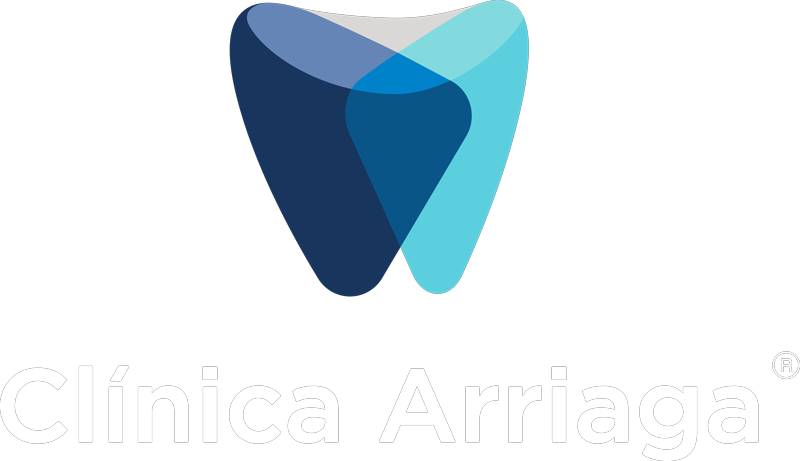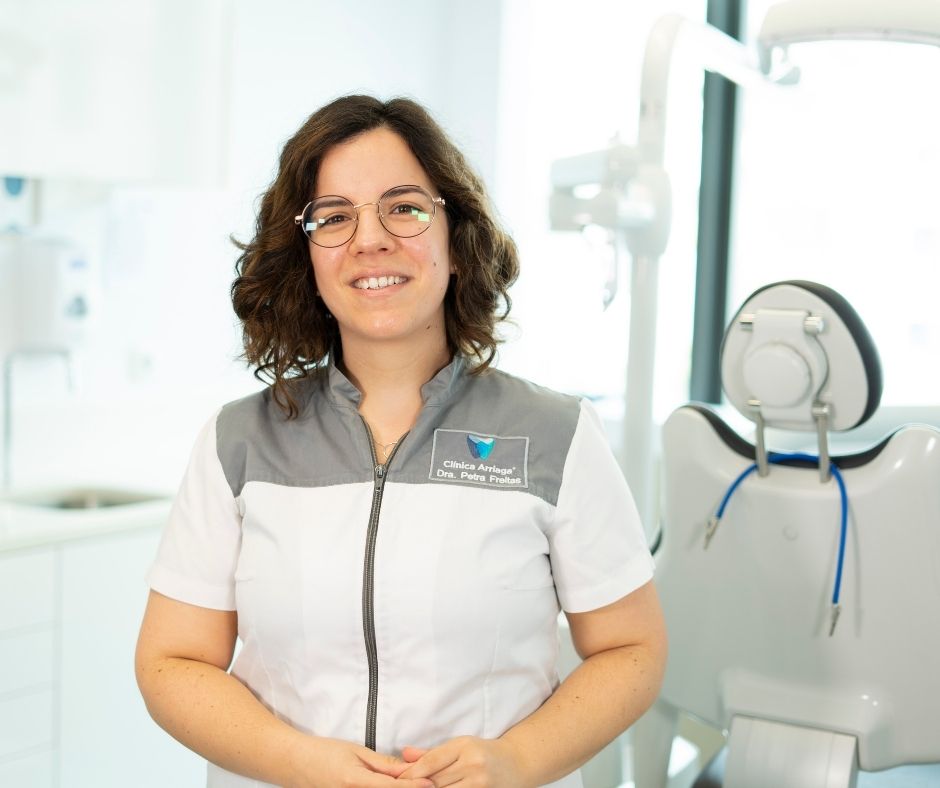DentoFacial Orthopedics
Dentofacial orthopedics is the area of orthodontics that focuses on the position and dimesion of the bones of the face. When you hear the word orthodontics you associate it with braces and teeth alignment. It is called Dentofacial Orthopedics. As a child grows, both the maxilla and mandible grow in three dimensions. This growth determines the final positioning of the middle and lower portions of the face.
However, when skeletal and muscular imbalances are detected in children and adolescents, Dentofacial Orthopedics steps in to find solutions to these changes at an early stage.
And why fix these problems early?
Because, in many cases, waiting for all the permanent teeth to erupt or until facial growth is complete can make the correction of these problems more difficult or even limited. Basically, the goal of intercepting the problem at an early stage is to normalize the relationship between the bone bases that house the teeth.
Although, it is not easy for parents to recognize if their child needs this type of treatment, there are signs that can indicate the presence of changes in the growth and development of the face, which we will list below.
7 signs that can help identify changes in the jaws:
- Breathing through the mouth;
- Difficulty in chewing or biting food;
- Persistence of thumb or pacifier sucking habits;
- Crooked teeth, out of place or too far forward;
- Speech alterations;
- Early loss of baby teeth (e.g., decay) or prolonged retention of baby teeth;
- Lack of proportion of the jaws to the rest of the face (e.g., large chin).
Therefore, depending on the diagnosed problem, a treatment plan may be prescribed. That is, with one or more appliances, fixed or removable, that will manipulate the growth/development of the facial bone bases.
The direct results of this type of treatment are the corrections of skeletal and functional changes, eg:
- Guiding the birth of permanent teeth to the correct position;
- Controlling the width of the dental arches, avoiding or correcting crossbites;
- Providing more space for crowded (crooked) teeth;
- Avoiding the need for extraction of permanent teeth in the future.
Indirectly, improvements are also achieved in other elements of the stomatognathic system, including chewing efficiency, swallowing, breathing, and speech
However, not all cases need to be treated before the replacement of all baby teeth, but all cases should be monitored and, when indicated, should be treated.
Finally, it is important that parents bring their children for an orthodontic evaluation around the age of 6 to 7 and continue with regular monitoring appointments during their growth.




